Installing a dual battery switch van 3 way boat switch wiring system ensures reliable power management for your van or boat. Whether you’re an off-grid traveler 🏕️ or a marine enthusiast 🌊, a 3-way dual battery switch keeps your electrical system efficient and safe. This guide covers wiring diagrams, setup steps, and expert tips for optimizing your dual battery switch van 3 way boat switch wiring setup.
Why Use a 3-Way Dual Battery Switch? 🔋⚡
A dual battery switch van 3 way boat switch wiring setup allows seamless switching between batteries, ensuring uninterrupted power. Benefits include:
✔ Prevents battery drain – Isolates the starter battery from auxiliary loads.
✔ Emergency backup – Easily switches to a secondary battery if the primary fails.
✔ Simplified charging – Charges multiple batteries from a single source.
✔ Extended battery life – Reduces deep discharges, prolonging battery health.
🔧 Key Components for Dual Battery Switch Van 3 Way Boat Switch Wiring
| Component | Purpose |
|---|---|
| 3-Way Battery Switch | Switches between Battery 1, Battery 2, or Both. |
| Deep Cycle Battery | Powers auxiliary loads (fridge, lights, etc.). |
| Starter Battery | Dedicated to engine starting. |
| Battery Isolator | Prevents backflow between batteries. |
| Heavy-Duty Cables | Ensures minimal voltage drop. |
| Fuses & Circuit Breakers | Protects against short circuits. |
Wiring diagram:
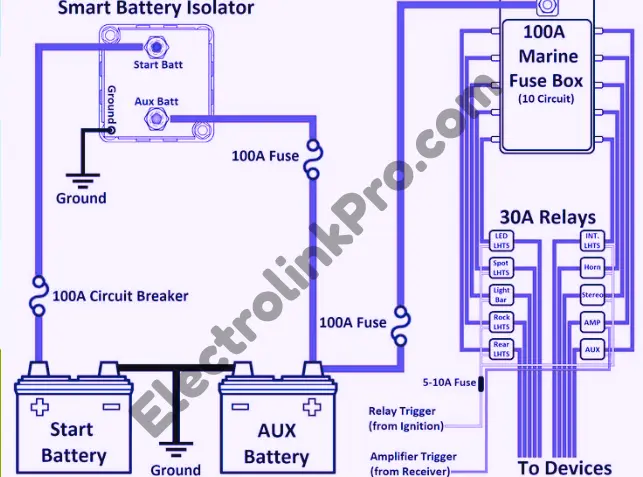
🔌 Step-by-Step Dual Battery Switch Van 3 Way Boat Switch Wiring Setup
1. Choosing the Right 3-Way Battery Switch 🔄
A high-quality dual battery switch van 3 way boat switch wiring system requires a durable switch. Popular options:
- Perko Marine Battery Switch – Corrosion-resistant, ideal for boats.
- Blue Sea Systems – Reliable for both vans and boats.
- BEP Marine – Compact design with high current handling.
2. Wiring the Dual Battery System ⚡
🔧 Tools Needed:
- Wire strippers
- Crimping tool
- Heat shrink tubing
- Multimeter
📌 Wiring Steps:
- Disconnect all power sources to avoid short circuits.
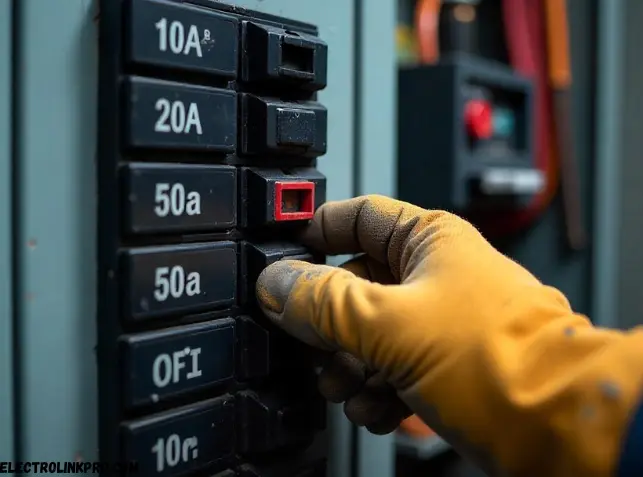
- Mount the 3-way switch in an accessible, dry location.
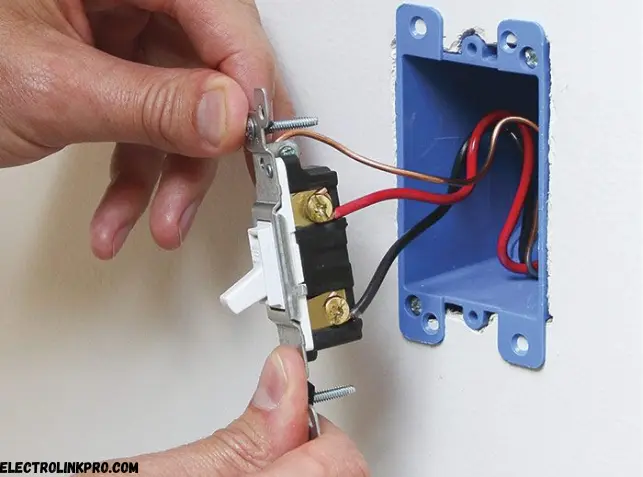
- Connect Battery 1 (Starter Battery) to the switch’s “BATT 1” terminal.
- Connect Battery 2 (Auxiliary Battery) to the “BATT 2” terminal.
- Link the switch’s “COM” terminal to the starter or load center.
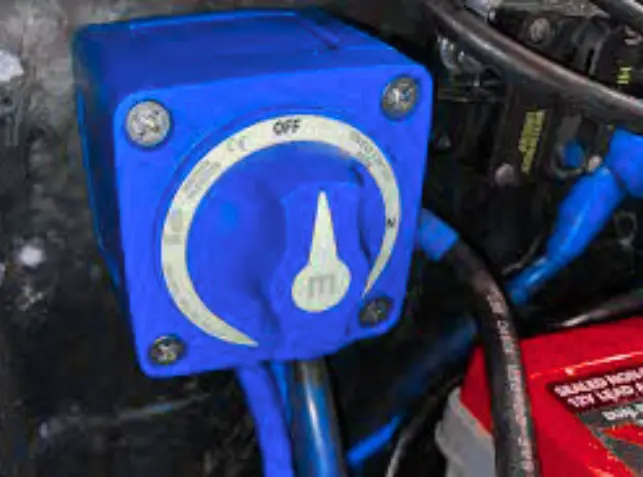
- Install fuses near each battery for protection.
- Test the system with a multimeter before finalizing connections.
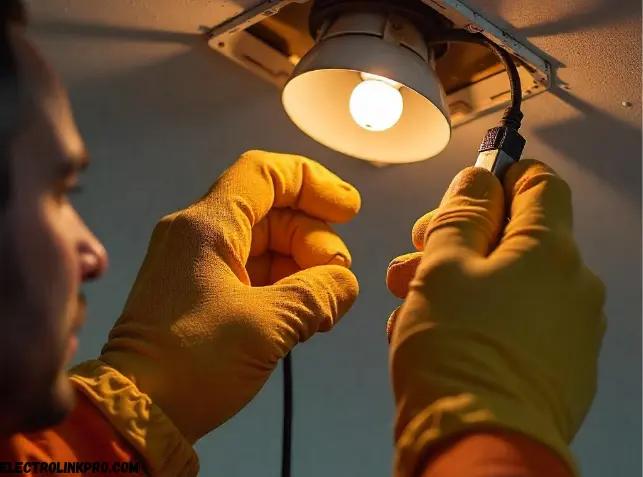
3. Automatic vs. Manual Dual Battery Switches 🤖 vs. ✋
| Feature | Manual Switch | Automatic Isolator |
|---|---|---|
| Operation | Requires manual switching. | Automatically manages battery charging. |
| Best For | Budget setups, simple systems. | Hands-free convenience, RVs, boats. |
| Cost | Lower upfront cost. | Higher initial investment. |
Common Issues & Troubleshooting for Dual Battery Switch Van 3 Way Boat Switch Wiring
🔍 Problem: Battery Not Charging Properly
✔ Check connections – Loose wires reduce efficiency.
✔ Test the isolator – Faulty isolators disrupt charging.
🔍 Problem: Switch Overheating
✔ Upgrade wire gauge – Thin wires cause resistance.
✔ Ensure proper ventilation – Heat damages switches.
🔍 Problem: Voltage Drop Under Load
✔ Use thicker cables – Minimizes power loss.
✔ Check battery health – Weak batteries struggle under load.
Best Practices for Dual Battery Switch Van 3 Way Boat Switch Wiring
✅ Use marine-grade components – Resists corrosion in harsh environments.
✅ Label all wires – Simplifies future maintenance.
✅ Regularly inspect connections – Prevents unexpected failures.
✅ Install a battery monitor – Tracks charge levels in real-time.
Conclusion📌 :
A properly installed dual battery switch van 3 way boat switch wiring system ensures reliable power for your adventures. Whether you’re in a van 🚐 or boat 🛥️, following these steps guarantees efficient energy management. Need more help? Consult a marine electrician for professional installation.
❓ Frequently Asked Questions (FAQs)
1. Can I use a car battery for my dual battery system?
No, deep-cycle batteries are better for auxiliary loads due to their ability to handle repeated discharges.
2. What size wire should I use for a dual battery setup?
For most systems, 4 AWG or thicker is recommended to minimize voltage drop.
3. How do I know if my battery switch is failing?
Signs include overheating, flickering lights, or failure to switch between batteries.
4. Can I charge both batteries at the same time?
Yes, set the switch to “BOTH” to charge both batteries simultaneously.
5. Do I need a battery isolator with a 3-way switch?
Not always, but an isolator prevents backflow and improves charging efficiency.
Wiring Standards & Compliance
- Marine Electrical (ABYC E-11): abycinc.org/standards
- DC Systems (ISO 10133): iso.org/standard/73447
- NMEA 0400: nmea.org/standards (Select “0400”)
Battery & Switch Manufacturers
- Blue Sea Systems: bluesea.com/support
- BEP Marine: bepmarine.com/tech-support
- Perko: perko.com/tech-literature
Safety & Testing
- Lithium Batteries (UL 1973): ul.com/UL1973
- Battery Testing (SAE J537): sae.org/J537